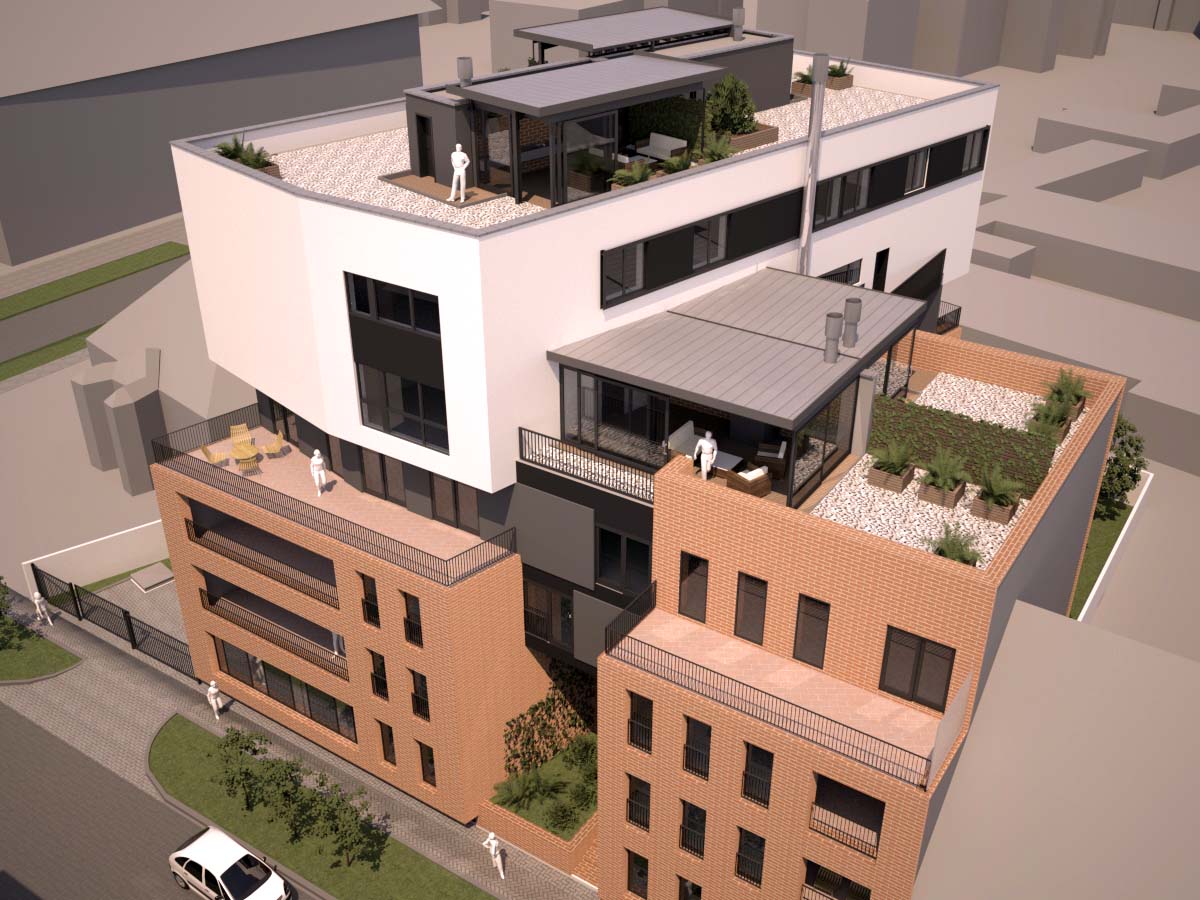Sustainable real estate projects, for a future to share

Sustainable real estate projects, for a future to share

Article
Our perspective

Facility management was not officially recognized as a discipline until the International Facility Management Association (IFMA) was organized in the early 1980s. It was truly a reactive profession then, replete with on-the-job training, trial and error, and success by happenstance. Someone from “downstairs” was, all of a sudden, responsible for fixing mimeo-graph machines, replacing typewriters, maintaining pencil sharpeners and moving desks. The only trip “upstairs” was to exercise the 1980 version of the three Rs: respond, repair or replace.
Facility management has come a long way since then. Responsibilities have increased, duties have expanded and the scope has broadened. Yet sometimes it seems as if all the FMs who grew up with the profession, who helped grow the profession, are still tied to the old way of doing things; still reacting, averse to change and staying low key.
It is up to the facility professional to engage in impression management as an ongoing effort. Impression management is defined as the ability to control the perceptions or impressions of others, especially when interacting with those perceivers who hold power. Facility management is the leading business service capable of integrating the concrete assets of real estate and facilities with the more amorphous assets of facility services. It is the role of a facility manager to ensure the proper operation of all aspects of a building to create a healthy, safe and cost-effective environment in which occupants can function. In conjunction with these tasks, they must align with corporate and regulatory compliance. Just as importantly, they must master self-promotion by continually publicizing their efforts and successes. They must change perceptions… by changing perceptions.
A new, vibrant and important movement now is influencing change in how facilities are managed. It is sustainability, and it deals with the economic, societal and environmental impacts that buildings and businesses have on the environment. Whether it is liked, approved of or agreed with, sustainability is here to stay. It is not a passing fad, but a new way of doing business. It is the perfect vehicle for success as a facility manager and must be approached proactively.
Source HERE.


Newsletter